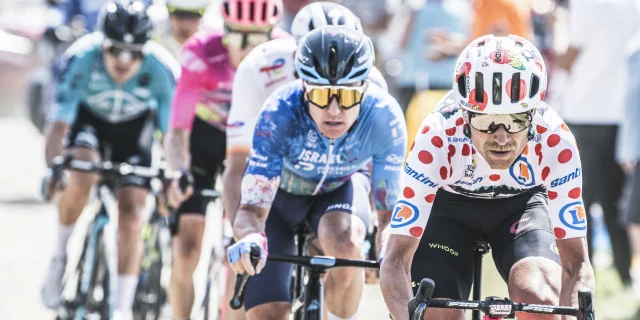 Coureurs Cyclistescharlylopez
Coureurs Cyclistescharlylopez Coureurs Cyclistescharlylopez
Coureurs Cyclistescharlylopez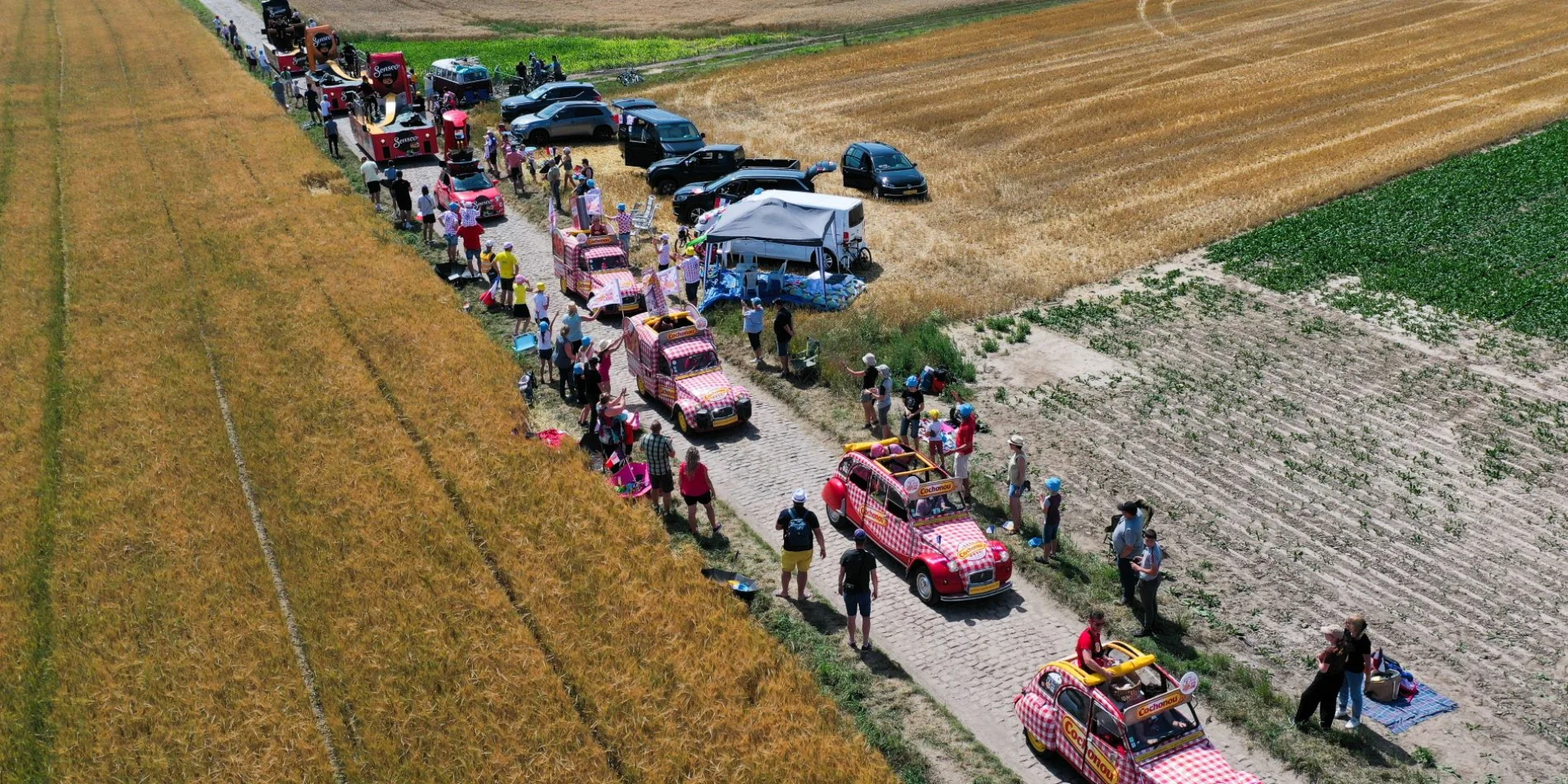 Passage of the Tour de France
Passage of the Tour de FranceThis year’s Grand Départ is more than a sporting event. It’s a powerful journey through history.
Stage 1 sets off from Lille ans passes through Lens and Notre-Dame-de-Lorette, home to France’s largest military cemetery and the moving Ring of Remembrance. On stage 2, the peloton rolls from Lauwin-Planque to Boulogne-sur-Mer, sweeping past Arras, its restored Grand’Place, and the haunting ruins of Mont-Saint-Éloi.
The Tour reminds us: before the wheels turned, lives were given. And through these sacred landscapes, the past rides with us.
 Coureurs Cyclistescharlylopez
Coureurs CyclistescharlylopezAs the riders sweep through central Lens, they pass a city where history and heart beat side by side. The Art Deco train station, a symbol of post-war reconstruction, welcomes visitors with its unique style – its clock tower shaped like a steam locomotive. Nearby, the streets lead to the legendary Stade Bollaert, home to France’s most passionate football fans. Between its vibrant centre, mining heritage, and warm northern spirit, Lens offers more than a stop on the route – it’s a burst of energy, pride, and memory.
Before reaching the summit of Notre-Dame-de-Lorette, the peloton glides through villages where history lingers in every stone.
In Souchez, the striking black glass of the 14–18 History Centre invites visitors to explore the war’s legacy through powerful images, artefacts, and stories — a modern portal into the past.
In nearby Ablain-Saint-Nazaire, two churches face each other across time. The new one still hosts village life; the old, a ruined Gothic shell from the 16th century, stands untouched — a noble survivor of the war.
Further west, Aix-Noulette quietly bears its scars, its fields and farms once part of the front. Today, the silence feels sacred.
These are not grand destinations, but places that remember. As the Tour rushes past, they remind us: even the quietest villages can echo through history.
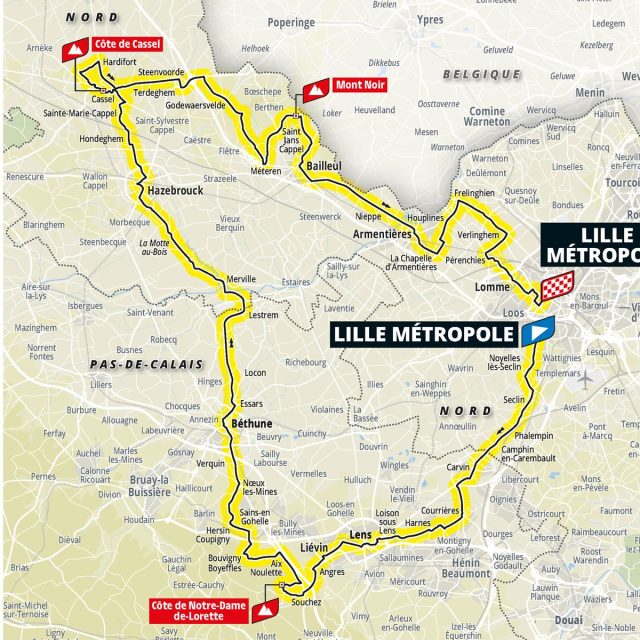 Tour de France Stage 1
Tour de France Stage 1Kilometer 62.4. The peloton approaches the most demanding climb of the day: the Hill of Notre-Dame-de-Lorette. One kilometer at 7.6%, a short but punishing ascent.
As they climb, the white silhouette of the Notre-Dame-de-Lorette basilica appears above, rising like a beacon of memory on the ridge. Around it stretches France’s largest military cemetery — more than 40,000 graves, rows of white crosses standing silently under the northern sky.
At the summit, something extraordinary awaits: the Ring of Remembrance. A vast arc of steel, 345 meters long, etched with the names of 579,606 soldiers who died in this region during the First World War — regardless of rank, nationality, or faith. Just names. Just men. Bound together in eternal brotherhood.
For a few seconds, as riders crest the hill and pass the flags, the crowd roars, but the silence of sacrifice echoes louder.
These are not grand destinations, but places that remember. As the Tour rushes past, they remind us: even the quietest villages can echo through history.
Beyond the villages, the landscape is lined with Commonwealth cemeteries — quiet places where soldiers from across the British Empire rest far from home.
From the vast Cabaret-Rouge to the more intimate Bois-de-Noulette or Sucrerie Cemetery, their presence is discreet but powerful.
The race rushes on, but these silent markers remind us: the freedom to ride was paid for in sacrifice.
On July 6, the peloton departs from Lauwin-Planque, near Douai, and makes its way toward the rolling hills of Boulogne-sur-Mer, tracing a course through lands shaped as much by memory as by movement. From the rebuilt elegance of Arras to the ghostly towers of Mont-Saint-Éloi, the riders race through a corridor of remembrance — a stage that is as much about the past as it is about the present.
Shortly after departing Lauwin-Planque, the peloton enters Athies, a quiet village marked by deep remembrance. At its edge stands the Scottish Division Memorial, honoring the men of the 9th (Scottish) Division who fought in the Battle of Arras in 1917. Nearby, the Point-du-Jour Cemetery bears silent witness to British losses during a diversionary assault tied to the broader offensive on the Chemin des Dames.
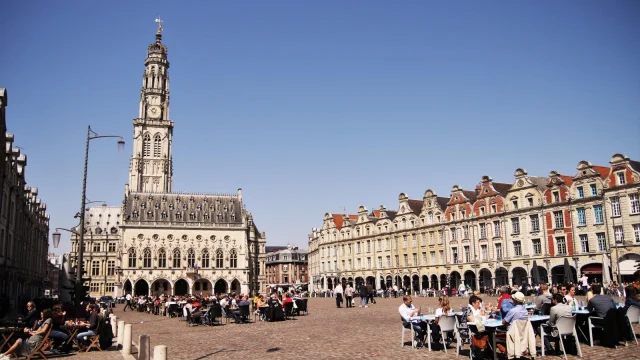 Arras-country-artois-tourism
Arras-country-artois-tourism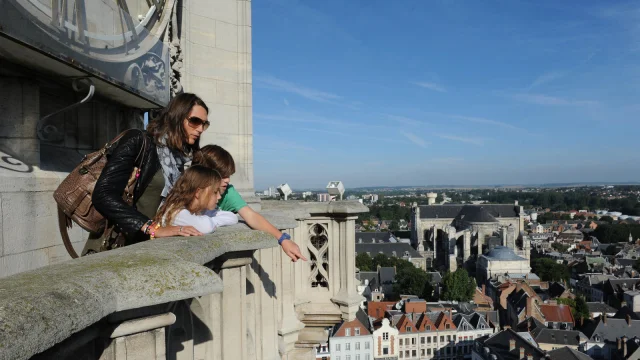 Belfry
BelfryA few kilometers ahead, in Saint-Laurent-Blangy, two cemeteries face each other across time and perspective. To one side, the Bailleul Road East Cemetery, with its white headstones in manicured order. To the other, beneath a forest canopy, the German Military Cemetery — dark iron crosses rising from the grass, many unnamed, gathered here in the 1920s.
Two cultures, two styles of remembrance. But together they express one truth: loss knows no border.
As the race flies past, these quiet spaces remind us that behind every victory lies a price – and peace, a memory to be preserved.
As the peloton enters Arras, the cobbled charm of the Grand’Place and Place des Héros hides a turbulent past. In 1914, German artillery destroyed the Town Hall and collapsed the Belfry, the city’s proud symbol.
After the war, Arras chose resilience: every façade was rebuilt stone by stone, restoring its heart exactly as it was. Today, both the square and the belfry are part of a UNESCO World Heritage Site — a living tribute to memory and rebirth.
 Carte De Litineraire De Letape 2 Du Tour De France 2025
Carte De Litineraire De Letape 2 Du Tour De France 2025
Beneath the calm streets lies the Carrière Wellington, a former chalk quarry transformed by British and New Zealand troops into a vast network of wartime tunnels.
In 1917, 24,000 soldiers emerged from here to launch the Battle of Arras. Visitors can now walk through these tunnels – a haunting journey into the silence, courage, and strategy that unfolded underground.
As the road climbs northwest of Arras, the ruined towers of Mont-Saint-Éloi Abbey rise from the ridge — solemn sentinels over Artois.
Once a spiritual center, the abbey became a wartime lookout in 1914. Shelled in 1915, its twin towers were partially destroyed, yet still stand — symbols of both destruction and endurance.
Just below lies Écoivres Military Cemetery, where French, British, and Canadiansoldiers rest side by side, following the order of battles fought nearby.
The peloton may rush on, but the hillside remembers — stone, silence, and sacrifice etched into the landscape.
While the Tour de France spotlights the roads of Artois, there’s much more to explore once the cyclists pass. This land, steeped in history and shaped by nature, offers peaceful retreats, cultural gems, and outdoor adventures for every type of visitor.
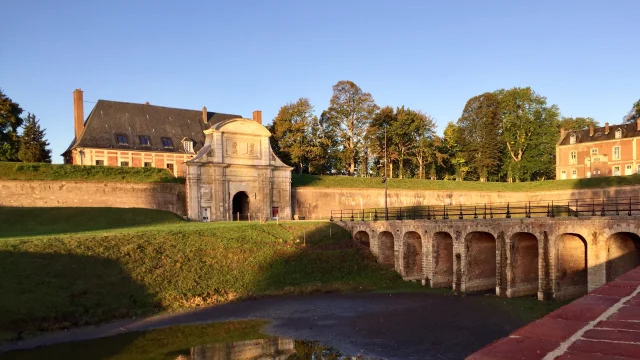 Vauban Citadel of Arras
Vauban Citadel of Arras
Just west of Arras, the Vauban Citadel blends military grandeur with quiet charm. Once a 17th-century fortress, its bastions and moats now form a peaceful green space where locals walk, picnic, and reflect. Nearby, the Jardin du Gouverneur offers riverside serenity along the Scarpe, once a wartime front, now a gentle thread of peace through the city.
 Nautic Leisure Base of Riverside Park
Nautic Leisure Base of Riverside Park
Just outside Saint-Laurent-Blangy, the Nautical Leisure Base of Riverside Park offers a refreshing escape. Set amidst nature, this outdoor hub invites visitors to kayak, paddle, rafting, or unwind by the water. With trails, picnic areas, and family-friendly activities, it’s the ideal place to recharge after the thrill of the race – where Artois swaps wheels for wild adventure.
From world-class art to industrial heritage and craft beer, the Lens area is full of surprises. Start with the Louvre-Lens, where masterpieces meet minimalist architecture in a stunning glass pavilion. For a panoramic view, climb the twin slag heaps of the Base 11/19 in Loos-en-Gohelle — powerful symbols of the region’s mining past. Nearby, the 9-9bis site in Oignies immerses visitors in the everyday life of miners and their families.
And to toast the day? Visit a local brewery — whether it’s Brasserie Saint Germain in Aix-Noulette, home of the famous Page 24 beers, or Le Spot in Bénifontaine, a favourite among locals.
For Britain and the Commonwealth, Artois is hallowed ground. From Neuve-Chapelle to Arras, Vimy Ridge to Loos, this region saw thousands of young men fight and fall — many never to return home.
Today, their memory lives on in cemeteries like Cabaret-Rouge, Écoivres, or Bailleul Road East, where rows of white headstones mark lives lost in foreign fields.
But remembrance here goes beyond graves. In places like the Wellington Quarry, visitors can descend into the tunnels where British and New Zealand soldiers prepared in silence for the Battle of Arras.
For families, veterans, and historians alike, Artois is a place of pilgrimage. The land itself – its fields, ridges, and ruins – holds their stories.
To walk or ride here is to carry their legacy forward.
In Artois, cycling is more than a sport – it’s woven into the land. Long before the Tour became legend, local riders were making history on roads that would soon be battlefields.
Désiré Delansorne, born in Anzin-Saint-Aubin, began racing in 1888 and famously beat Maurice Garin in the Lille–Boulogne race of 1894. During WWI, he served in Artois, transporting wounded soldiers and mail.
Maurice Louis Bandeville, from Arras, was a committed amateur who raced in events like the Lendit Cycliste in 1895. He later served in the 5th Regiment of Engineers, returning to duty when war broke out.
François Faber, a Tour de France winner in 1909, was killed near Mont-Saint-Éloi in 1915 after joining the French Foreign Legion. His legacy is honored at the Mémorial 14-18 in Souchez, with a special exhibition running from June 21 to September 21, 2025.
 Sculpture of bicycles in tribute to François Faber in Mont-Saint-Eloi
Sculpture of bicycles in tribute to François Faber in Mont-Saint-EloiStage 1 and Stage 2 pass through some of the most powerful remembrance sites of the First World War. Key highlights include Notre-Dame-de-Lorette (France’s largest military cemetery), the Ring of Remembrance and the ruins of the Mont-Saint-ÉloiAbbey, used as an observation post during the war. Along the way, riders pass numerous Commonwealth cemeteries and memorials.
Yes, the site remains open to the public throughout the Tour weekend. However, due to increased traffic and road closures on July 5, plan your visit early in the day or opt for shuttle services where available. The Centre d’Histoire 14–18 in Souchez is also open and hosting a special exhibition honoring Tour de France legend François Faber.
Artois is home to several major Commonwealth cemeteries. Notable sites near the Tour route include:
Access will be limited due to race logistics on July 6, but it remains reachable by train (Arras is 30 minutes from Lille by regional trains). Parking outside the city is recommended, with walking access to the Grand Place. Arras will also host race festivities — so arrive early to enjoy the full atmosphere.